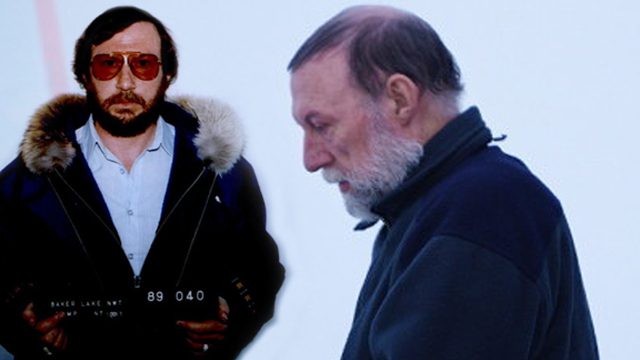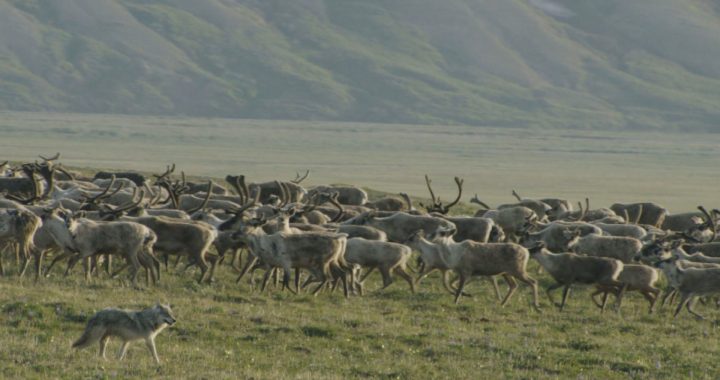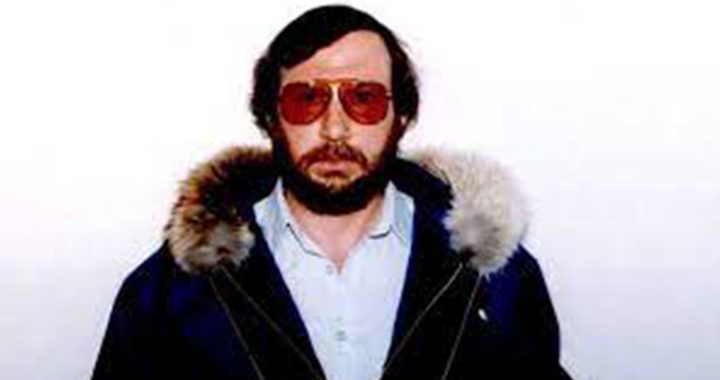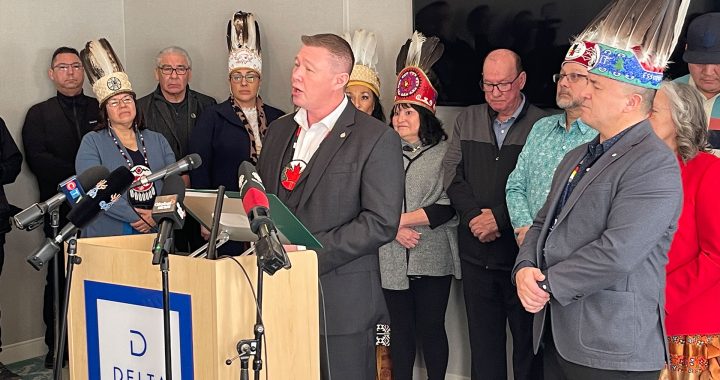In a symbolic move to kick off the week leading up to Indigenous Peoples’ Day, the City of Montreal unveiled a new version of its Charter of Rights and Responsibilities – one written entirely in the Mohawk language of Kanien’keha.
The charter – a North American first at the time of its inception – is “a form of social contract providing for the municipal administration’s firm commitment to constantly improving citizen services,” according to the city’s website.
“This is just the beginning because today we’re launching the version in the Mohawk language, but we do want to make sure that we can translate it in all the many languages that are present here in the province of Quebec, and we’re really proud of that,” explained Montreal Mayor Valerie Plante.
“Tiohtia:ke Aoianerenhsera ne Iakonianerenhsera:wis tanon Iakoterihwaien:nis,” in Kanien’keha is the 13th translation of the document, behind other languages like Arabic, Chinese, Greek, Haitian Creole, and Tagalog.
Outside of promoting reconciliation, Plante says the intent is to make the charter accessible to all of the city’s citizens to promote civil engagement and inform them of their rights.
But as the oldest of the dialects spoken among the Six Nations, Kanien’keha is a complex language to maintain and promote.
Originally a spoken language – its written form was only standardized in the mid-1990s – Kanien’keha has consistently evolved over the generations in order to incorporate modern terms.
As a result, the city reached out to the Tsi Ronterihwanónhnha ne Kanien’kéha Language and Cultural Center in Kanesatake – a Mohawk community 90 minutes outside of Montreal – for help translating the document.
For several years, the centre – a museum and cultural hub for the people of Kanesatake – has operated solely on grant or project-based funds, receiving little support from the Federal government, and none from the Kanesatake band council.
That said, the cultural centre’s three-year language immersion program – offered for free to community members – is one of the most extensive available to the Mohawk population.
Unlike their counterparts in the community of Kahnawà:ke, located just outside Montreal, Kanesatake does not have an immersion program for elementary and high school students.
“We’ve been learning and trying to keep our language going with our language classes, bringing the youth up and trying to get the youth to learn more and get more interested in their culture and language – especially to teach it, to keep it going,” explained Kanesatake Chief Victor Bonspille.
“It’s been a long, hard road trying to get to this point, and we’re finally here, and hopefully this can continue in other roads, other directions,” he added.
This year, the centre celebrated the first class of graduates from their immersion program – a total of seven in all.
Right now, the centre is on its summer break while they await funding confirmation ahead of the back-to-school rush.
Oftentimes, according to Director Hilda Kanerahtenhawy Nicholas, the centre has to rally to establish curriculums and recruit teachers just weeks before classes begin.
And most of the teachers, she says, are past retirement age.
Mina Beauvais, who led the translation of the charter with her students, is in her early 80s.
Warisose, who takes care of the cultural education, is in her late 70s.
The hope is to train students thoroughly enough so that they can take up the torch for the elders and continue to teach Kanien’keha
“The language is connected with your identity, and this venture today gives us that.
People that are watching realize ‘yes, we do exist’ – that we’re out there, that we still speak our language but it’s not many of us,” Nicholas said.
While she concedes that the availability of a Mohawk charter is an honour and a proud moment for Kanien’keha:ka, the program that made the initiative possible cannot function without concrete funding.
She hopes that the Federal government will inject some funding into language preservation when Bill C-91, the Liberal government’s language legislation, is brought into effect.
Not only because it’s UNESCO’s Year of Indigenous Languages, but because the Mohawk people need a funding boost for language classes now more than ever.
“The young students right now are looking forward to speaking their language, and they’re very interested in all the different initiatives that happen towards the language. They are very happy,” she said.
“We have a waiting list of people that want to get into the immersion program. I’m happy to say that.”










